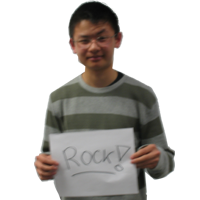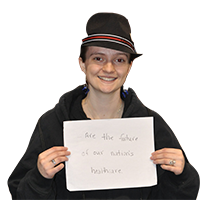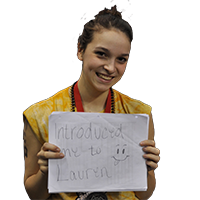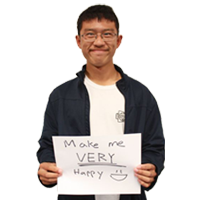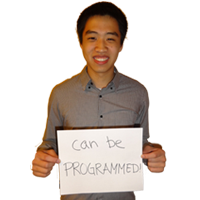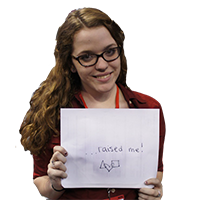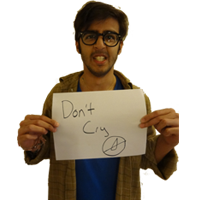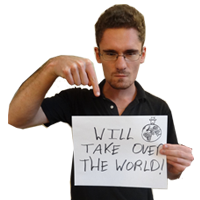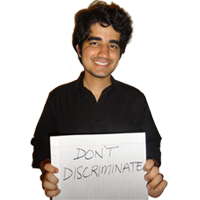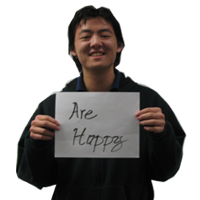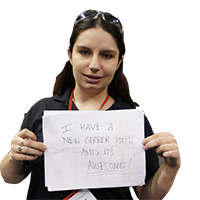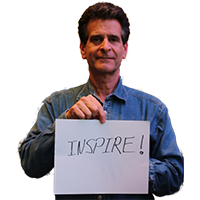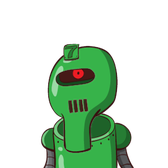Technology in the film industry keeps improving all the time, as most of us have seen in many recent films and animations. It’s been used to superimpose images, duplicate faces, create monsters, and even to animate more realistic hair. So, let’s take a look at a few interesting uses for technology on the set!
The Social Network
The Social Network, a film about the creation of Facebook and the lawsuits that ensued, features the Winklevoss twins, who are played by two actors: Armie Hammer and Josh Pence. In the past, twins have been simulated in films using a traditional split-screen technique where the screen is divided into several simultaneous images (this can be in half or in other creative ways). This takes advantage of the fact that the viewer sees the screen as mimicking how the eye views the world: as a whole, undisturbed picture. Filmmakers have, in the past, used the split-screen technique to create the illusion of twins by having the same actor stand at the left of the frame (facing right), and then standing at the right of the frame (facing left).
However, special effects in this movie had to be precise and accurate, because unlike action movies which use special effects to simulate morphing transformers or giant explosions, The Social Network was a drama and had the challenge of making the viewer believe that the story they were witnessing could actually happen in real life (which it did because the movie was based off a real conflict). Split-screen was indeed utilized in some scenes, but then there’s the boat scene, where the Winklevoss twins are rowing together in a lake. Filming rowing while simulating twins cannot be done with split-screen. So, what did the filmmakers do? Brought in modern technology, of course.
When both twins were featured in a scene, Pence stood in for the second twin, while Hammer played the main twin. To digitally replicate Hammer, the directors filmed his face and recorded his voice with a special, dome-shaped device that allowed the editors to digitally replace Pence’s face with Hammer’s. This, along with split-screen techniques and rotoscoping (an animation technique, where animators trace over real film footage), allowed the filmmakers to successfully simulate the Winklevoss twins. Click here for a video on the making of The Social Network!
Sin City
While The Social Network is more well known, probably some of us have also heard of Frank Miller’s Sin City, a neo-noir film produced and directed by Frank Miller (author of the original Sin City graphic novels) and Robert Rodriguez. Actually, it’s probably good that most of us haven’t heard of it because unless you can stomach excessive gore, you’d be better off never watching it.
So what’s impressive about Sin City? The fact that the entire film was made with green screen– no set. In fact, technology played such a big part in the film-making process that many of the actors never even saw each other. If you want proof you can click here and watch the entire movie in green screen. It’s sped up so you can see the whole thing in about 12 minutes, but again, you’ve been warned about explicit content, gore, and blood. But I digress. What makes this movie even more special is that every scene was modeled after the original graphic novel in order to reproduce the feeling of a comic book– not a movie. As a result, every scene is done in black and white, except for blood which comes in three colors: white, red, and yellow.
Here’s part of Robert Rodriguez’s video explaining some of the techniques used in making the film. Warning: Some (fake) blood and stabbing.
Avatar
Ah, there’s no way you’ve never heard of this one. Avatar, written and directed by James Cameron, was at the forefront of filming technology during its making. So much of the Avatar world was created with the help of digital imaging and animation that the end result would’ve been nothing without it. The filmmakers even made their own “virtual camera” that you could point at a part of the set and literally see Pandora (the main setting of Avatar) through. In order to make the characters seem more relatable to the film’s audience, the filmmakers found a way to track the movements of the actors. Here’s a video showing how they captured facial emotions. If you look closely, you’ll notice that The Social Network used the same dome-shaped scanning device as the filmmakers here.
Tangled
Tangled is a recent, animated, 3D film that include a female protagonist with…interesting hair. Rapunzel’s hair, as you would expect, is really, really long and what made her even harder to animate was the fact that she was doing so much stuff with her hair (whipping people, throwing it around, braiding it, pulling her mother up with it, etc). Software engineers took eight years to get it to work! Clearly, you don’t need to be an artist to get into the film industry. Here’s how the animator’s dealt with this hair-raising issue.
And for a video of the bloopers, which actually shows the failed animating… here it is!
This brings us to the end of our exploration of film technology. So what do you think? Almost makes you want to get into the film industry, doesn’t it?
